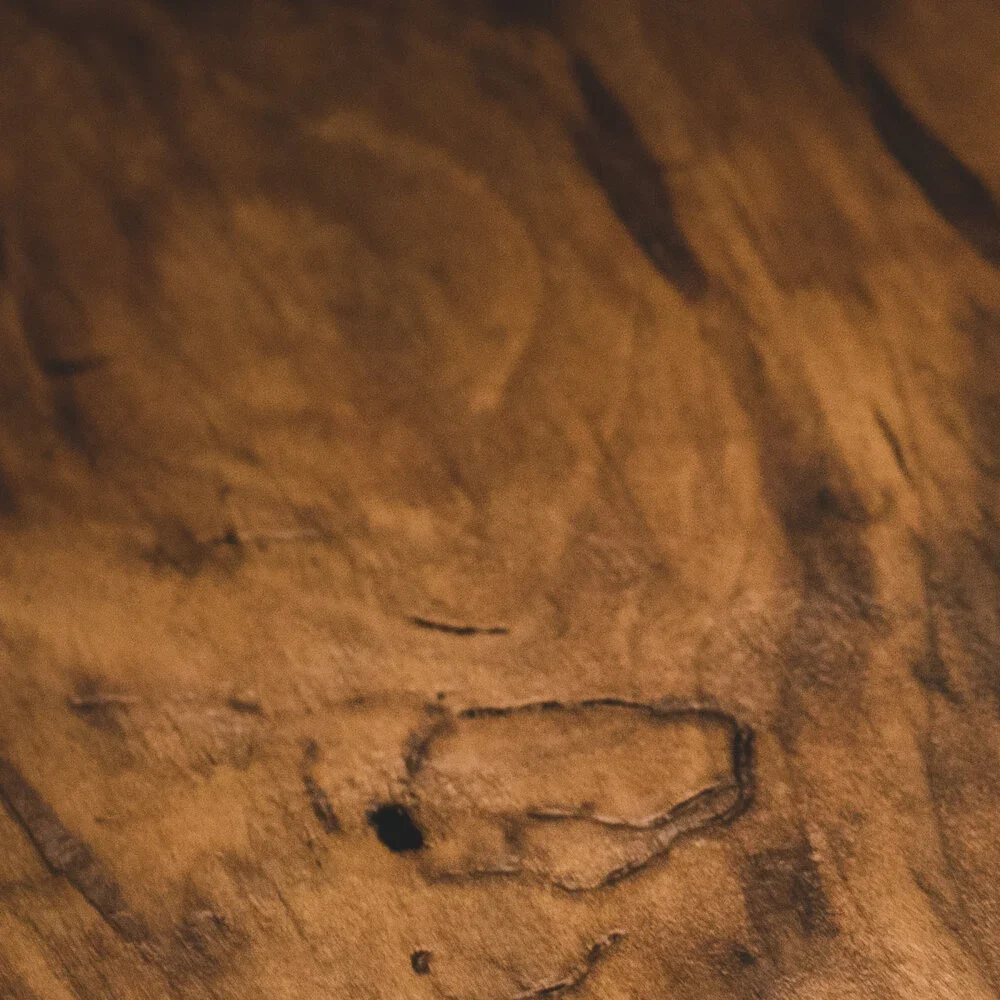- November 8, 2024
Choosing the right stain for your hardwood floor is crucial for look and durability. Wood staining enhances the natural beauty of the wood. It also protects against daily wear and tear. The right stain deepens the grain and highlights unique patterns. It complements your interior decor and transforms a plain hardwood floor. With the right stain, your floor becomes a stunning focal point of any room.
Selecting the appropriate stain involves more than picking a color. It requires considering the type of wood and the desired finish. You also need to think about the overall aesthetic you want to achieve. An ideal stain enhances the wood’s natural characteristics. It should offer the right balance of color and sheen.
Additionally, the stain protects your floor against moisture, scratches, and other damage. By carefully choosing the right stain, you elevate the visual appeal of your flooring. It also extends its lifespan. This makes it a worthwhile investment in the long run.
Types of Wood Stains
Wood stains come in various formulations. Each type offers distinct characteristics. These can significantly affect the appearance and performance of your flooring. Understanding the different types of wood stains will help you make an informed decision.
Wood stains generally fall into three main categories: oil-based, water-based, and gel stains.
- Oil-based stains have long been popular. They are known for their deep penetration into the wood. These stains offer rich color options and durability. They provide a warm, traditional finish. Oil-based stains enhance the wood’s natural grain. However, they can have a strong odor and longer drying time.
- Water-based stains are favored for their low odor, quick drying time, and ease of cleanup. They offer a range of color choices and tend to maintain their color over time without yellowing. These stains are a more environmentally friendly choice.
- Gel stains have a thicker consistency. They are ideal for controlling color intensity. Gel stains help achieve an even finish. They are especially useful for staining vertical surfaces. They are also effective on wood with uneven grain.
Each type of stain has its own set of advantages and considerations. The best choice depends on your specific needs and preferences. It also depends on the characteristics of the wood you are working with.
Understanding Stain Colors and Finishes
Stain colors come in a range of shades, from light to dark.
- Light shades, like natural oak or honey, allow the wood’s natural grain to show through. They create a bright, open feel in a room. These shades can make a space appear larger and more airy.
- Medium shades, such as walnut or cherry, add warmth and depth to the wood. They maintain a balanced appearance. They offer a rich, inviting look that can complement various decor styles.
- Dark shades, including espresso or ebony, provide a dramatic, sophisticated appearance. These colors can create a cozy, formal atmosphere and are often used to add a sense of luxury to a space.
The finish of a stain affects both the visual appeal and the durability of the wood.
- Matte finishes are subtle and non-reflective. They give the wood a natural, understated look and help mask minor imperfections.
- Satin finishes offer a soft sheen. It adds a touch of elegance while still being relatively low-maintenance.
- Semi-gloss finishes reflect more light. They highlight the wood’s grain and add a bit of shine, enhancing its depth and richness.
- Gloss finishes provide a high-shine, polished look. They emphasize the wood’s color and grain. Gloss finishes create a luxurious and striking appearance.
Choosing the Right Stain for Your Wood Type
Softwoods, such as pine and cedar, have unique characteristics. They require specific staining approaches. Pine, for example, has a relatively porous structure. This porosity can lead to uneven stain absorption. Therefore, using a pre-stain conditioner can help achieve a more uniform finish.
Cedar is known for its natural oils. These oils can sometimes repel stains. To address this, opt for a penetrating oil-based stain. This type of stain can help it adhere better and enhance its rich, warm tones.
Hardwoods like oak and maple offer different challenges and opportunities. Oak, with its open grain, is ideal for stains that highlight its texture and pattern. It works well with both dark and light stains. However, oak’s pronounced grain can sometimes lead to an uneven finish if not properly prepped.
Maple is a tighter-grained wood. It often requires more effort to achieve the desired color consistency. A gel stain is particularly effective for maple. It provides a more controlled application and even coverage.
Ultimately, selecting the appropriate stain depends on the wood type and the desired finish. Softwoods may benefit from stains that penetrate and enhance natural characteristics. Hardwoods can showcase a variety of stain colors and finishes. These choices help highlight their unique grain patterns.
Preparing Your Wood for Staining
Preparing your hardwood for staining is crucial. The first step is sanding. It is essential for removing old finishes and smoothing the wood surface. It also ensures proper stain absorption. Start with coarse-grit sandpaper to eliminate imperfections and rough spots. Then, gradually move to finer grits to achieve a smooth, even surface.
Do the sanding along the grain of the wood. It helps prevent scratches that can affect the final appearance. It’s important to remove all sanding dust before applying the stain. Dust can interfere with the stain’s ability to penetrate the wood evenly.
Once sanding is complete, thorough cleaning is the next step. Vacuum or sweep the floor to remove any remaining dust or debris from the sanding process. Follow up with a tack cloth or a damp cloth to ensure all dust particles are eliminated. Avoid excessive water. It can raise the wood grain or cause damage. For stubborn residue, use a wood-safe cleaner. Ensure the floor is completely dry before applying the stain.
Proper preparation improves the appearance of the stain. It extends the life of the finish. Sanding carefully and cleaning thoroughly create an optimal surface for the stain. It results in a more uniform color and a longer-lasting finish.
Applying the Stain
Applying hardwood stain correctly involves using the right tools and techniques. Essential tools include a high-quality brush or foam applicator for detailed work. You’ll also need a stain pad or rag for larger areas. Additionally, a tray or container for holding the stain is necessary. Before starting, ensure you have a clean, lint-free cloth for wiping off excess stains.
Begin by stirring the stain thoroughly to ensure an even color. Apply the stain in small sections, working with the wood grain to avoid streaks. Use a brush or applicator to spread the stain evenly across the wood. Make sure to cover all areas. Avoid overlapping too much.
For a more uniform appearance, blend the edges of each section while the stain is still wet. Allow the stain to sit for the recommended time. Follow the manufacturer’s instructions. It helps the wood absorb the stain and achieve the desired color.
After the recommended time, wipe off excess stain with a clean cloth. It prevents blotches and unevenness. Ensure that the wood is completely dry before applying a topcoat or sealant. The proper application ensures a rich, even finish. It highlights the natural beauty of the wood.
Finishing Touches and Maintenance
After staining your hardwood floors, apply a protective sealant. This step helps preserve the stain and enhance durability. Sealing creates a barrier against moisture, dirt, and everyday wear. It also helps maintain the finish’s appearance and prolongs its lifespan. Choose a sealant that is compatible with your stain. Be sure to follow the manufacturer’s instructions for proper application.
Typically, you’ll need to apply the sealant with a clean brush or applicator. Use smooth, even strokes to cover the entire surface. Allow the sealant to dry thoroughly. Wait until it’s dry before walking on the floor or replacing furniture.
Regular maintenance is crucial for keeping your stained hardwood floors looking their best. Start by sweeping or vacuuming frequently. It will remove dirt and debris that could scratch the surface. For routine cleaning, use a damp mop and a cleaner recommended for your specific type of finish. Avoid excessive water, as it can damage the wood and the stain. Promptly address any spills or stains to prevent them from setting and causing permanent damage.
Periodically inspect the floor for signs of wear or damage. Depending on the level of traffic and use, you may need to reapply the sealant. Do this every few years to maintain protection.
Common Mistakes to Avoid
When staining hardwood floors, skipping essential preparation steps is a common mistake. Proper preparation is key to achieving a smooth, even finish. It includes cleaning the floor thoroughly and sanding it to remove the previous finish. Make sure the surface is free of dust and debris. Neglecting these steps can lead to uneven staining or visible imperfections.
It can also result in a poor bond between the wood and the stain. Rushing through the preparation may seem like a time-saver. However, it can lead to a lackluster final appearance. This will require more work to fix later.
Another mistake is choosing the wrong type of stain. Not all stains work for every kind of hardwood. So, select one that complements your wood type and desired finish. Some woods, for example, are more porous and may absorb stains unevenly if the wrong product is used.
Oil-based stains penetrate deeper and are more durable but take longer to dry. Water-based stains, on the other hand, dry quickly. However, they may not offer the same level of protection or depth of color. It’s also critical to test the stain on a small, inconspicuous area of the floor before applying it to the entire surface. It helps ensure the color and finish meet your expectations.
Ready to get started with your home renovation? Contact us, and our professionals will love to help you with your choice and price estimate.




